I recommend these public relations books.
Please note that I only recommend PR books based on these criteria:
The books are added in alphabetical order based on titles.
Here we go:
Contagious
Jonah Berger, a marketing professor at the Wharton School at the University of Pennsylvania, proposed six key concepts in his book “Contagious: How to Build Word of Mouth in the Digital Age” (also known as “Contagious: Why Things Catch On”) that make ideas or products go viral or “stick.” 1Berger, J. (2014). Contagious: How to build word of mouth in the digital age. Simon & Schuster.

These concepts are:
These concepts can be used to craft messages and campaigns more likely to be shared and spread, leading to more effective communication and marketing efforts.
Learn more: Public Relations Books
Good Strategy, Bad Strategy
“Good Strategy, Bad Strategy: The Difference and Why It Matters” by Richard Rumelt is a significant work in strategic planning and management. The book, published in 2011, clearly distinguishes between what constitutes a good strategy and what falls into the category of a bad strategy. 2Rumelt, R. P. (2011). Good Strategy, Bad Strategy: The Difference and Why It Matters. Crown Business.
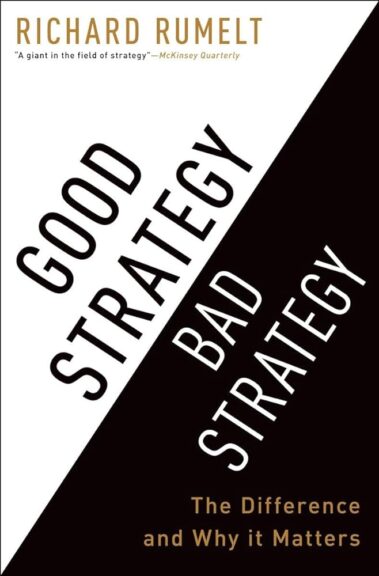
“A good strategy honestly acknowledges the challenges being faced and provides an approach to overcoming them.”
Source: Good Strategy, Bad Strategy: The Difference and Why It Matters 3Rumelt, R. P. (2011). Good Strategy, Bad Strategy: The Difference and Why It Matters. Crown Business.
Here’s a summary of the book’s key concepts:
Learn more: Public Relations Books
Hug Your Haters
In “Hug Your Haters: How to Embrace Complaints and Keep Your Customers,” Jay Baer provides a comprehensive guide on how businesses can turn negative feedback into an opportunity for growth and improvement.
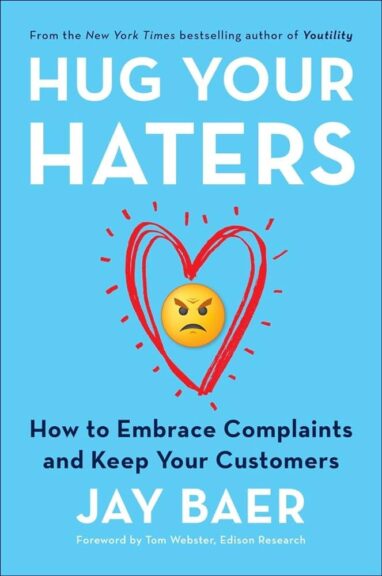
Baer argues that companies should actively engage with unhappy customers instead of ignoring or dismissing them, addressing their concerns and learning from their feedback. By embracing complaints and “hugging” their critics, businesses can strengthen their relationships with customers and gain valuable insights that can drive positive change within the organisation.
Baer offers practical strategies for engaging dissatisfied customers across various channels, including social media, review websites, and customer support interactions. He emphasises the importance of timely, empathetic, and personalised responses, underscoring these factors’ role in diffusing negative situations and winning back customer trust.
Drawing on real-world-examples, Baer demonstrates how businesses that adopt a customer-centric approach to handling complaints can enhance their reputation, improve customer loyalty, and ultimately drive long-term success.
Learn more: Public Relations Books
Influence
Robert B. Cialdini published “Influence: The Psychology of Persuasion” in 1984, and his principles of influence are widely cited. They provide a framework for understanding how people are persuaded, and public relations, advertising, and sales professionals often use them. 4Cialdini, R. B. (2009). Influence: The psychology of persuasion (Rev. ed.). HarperCollins.
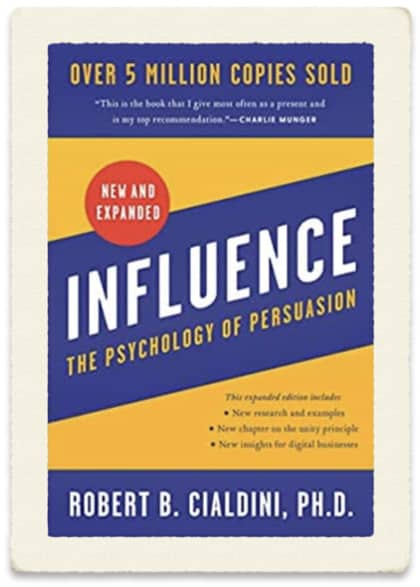
Here are Cialdini’s six principles:
These principles are powerful tools for persuasion and can be used individually or in combination to influence perceptions and behaviours.
Learn more: Public Relations Books
Pre-Suasion
In his book “Pre-Suasion: A Revolutionary Way to Influence and Persuade,” Cialdini explains that successful persuaders change people’s “state of mind” before trying to change their “minds.”
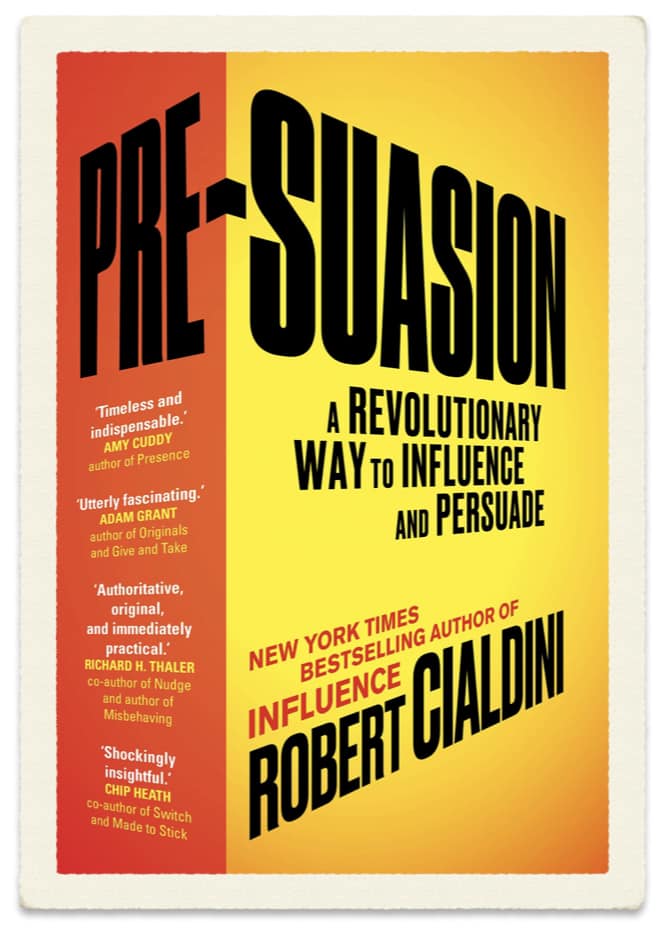
Here are some of the core concepts and principles from the book:
By understanding and implementing these principles, individuals can effectively “pre-suade” their audience, making them more receptive to the subsequent persuasive message.
“The best persuaders become the best through pre-suasion — the process of arranging for recipients to be receptive to a message before they encounter it.”
— Robert Cialdini (author of Pre-Suasion) 5Cialdini, R. (2017, April 20). Pre-Suasion: A Revolutionary Way to Influence and Persuade. Amazon.co.uk. https://www.amazon.co.uk/Pre-Suasion-Revolutionary-Way-Influence-Persuade/dp/1847941435/
Learn more: Public Relations Books
Zombie Loyalists
In “Zombie Loyalists: Using Great Service to Create Rabid Fans,” Peter Shankman argues that the key to building a successful business is to create a legion of loyal customers who are so passionate about your brand that they act as “zombie” advocates, spreading the word about your business to their friends, family, and social networks.
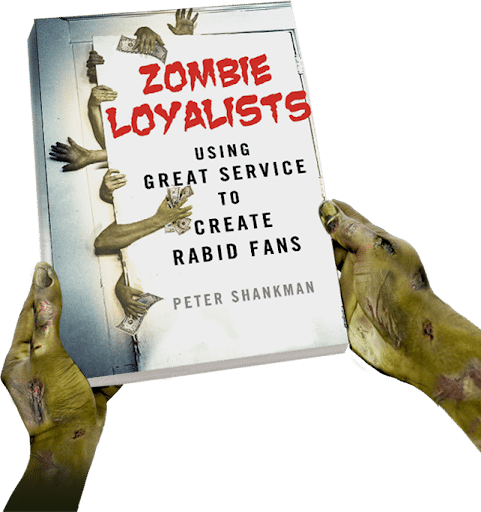
Despite challenges and competition, these loyal customers can help your business grow and thrive.
To create these “zombie loyalists,” Shankman recommends focusing on exceptional customer service, going above and beyond to ensure every customer has a positive experience with your brand. He provides real-world examples of companies that have succeeded through exceptional customer services, such as Zappos, Amazon, and Ritz-Carlton.
In addition to providing strategies for building “zombie loyalists,” Shankman also offers advice for engaging with customers on social media, handling negative feedback and criticism, and creating a customer service culture within your organisation.
Overall, “Zombie Loyalists” is a practical guide to building a business that thrives on customer loyalty and passion.
Learn more: Public Relations Books

THANKS FOR READING.
Need PR help? Hire me here.

Annotations
| 1 | Berger, J. (2014). Contagious: How to build word of mouth in the digital age. Simon & Schuster. |
|---|---|
| 2, 3 | Rumelt, R. P. (2011). Good Strategy, Bad Strategy: The Difference and Why It Matters. Crown Business. |
| 4 | Cialdini, R. B. (2009). Influence: The psychology of persuasion (Rev. ed.). HarperCollins. |
| 5 | Cialdini, R. (2017, April 20). Pre-Suasion: A Revolutionary Way to Influence and Persuade. Amazon.co.uk. https://www.amazon.co.uk/Pre-Suasion-Revolutionary-Way-Influence-Persuade/dp/1847941435/ |


